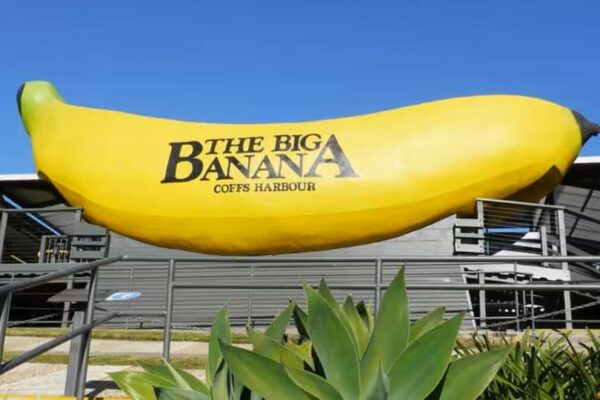In immigration we hear a lot about ‘caps’ and ‘queues’. But what are they? How do they affect you? Or – a better question – does it even apply to you?
The only way to find out what is applicable in your particular situation is to contact us so we can give you some specifics. But there are some guidelines that you might find helpful.
What is an immigration ‘cap’?
A ‘cap’, when it comes to immigration in Australia, is an upper limit of places available for a visa. This limit is set by the Department of Immigration and Border Protection. There are a couple of rules that apply to caps. These are:
- that the upper limit is valid only for the year in which it was introduced
- that when the number of visas has been reached, no more will be granted.
It doesn’t matter how urgent or necessary is your situation. If you apply for a visa after a cap has been reached, you will have to wait. It’s a tough call, especially given most family visas are already important.
This brings us neatly to ‘queues’.

What is an immigration ‘queue’?
A ‘queue’ is what happens after the ‘cap’ has been reached. Where you are placed in the queue depends on the date of your application. All queue places are ordered by date. The Department will not change the order of the queue, and you cannot ask to be considered early.
A queue date is the date that your application has been seen to have met all requirements. It’s important to be clear about this; it’s not your date of lodgement.
I’ve heard about ‘cap and cease’. What is that?
This is a rare occurrence. However, it can happen. What it means is that the minister can set the number of applications for a visa category in a financial year. When that upper limit has been reached, all files are closed. When there is a ‘cap and cease’ direction given, anybody who missed out does not go into a queue. Instead, your application is treated as though it was not submitted in the first place.
As I said, it’s rare because it only happens in exceptional circumstances.
Which visas can’t be capped?
There are some family visa categories that can’t be capped. This is good news for those with immediate family members overseas.
The particular subclasses that will not be capped are:
- Partner (subclasses 309/100 and 820/801)
- Child (subclasses 101 and 802) visas
- Dependent Child (subclass 445) visa
- Orphan Relative (subclasses 117 and 837) visas
- Adoption (subclass 102) visas
How can I check to see whether my visa category is or will be capped?
Contact us to find out about your particular visa category. Visa caps can be put in place at point throughout the year, so always check to see if there are going to be any delays.




